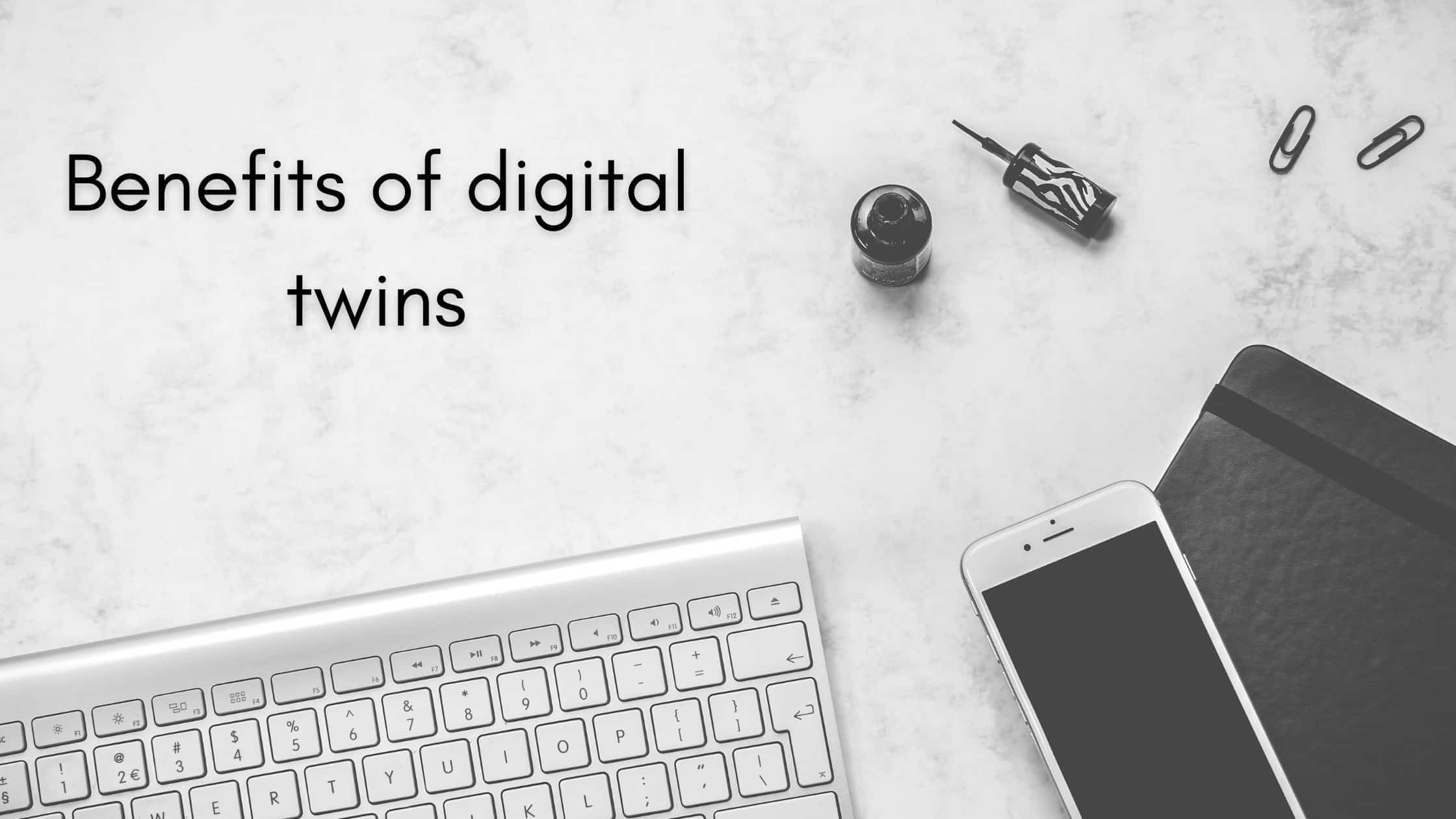Digital Twin
In laymen’s terms, a digital twin is the digital representation of the real-world system or institution. They have the power to enhance an enterprise’s decision making exponentially. A Digital Twin is like a bridge between the digital world and the physical one. To create a digital twin, smart components that collect real-time data are integrated using sensors with a physical item. The components, then connected to a cloud-based system that receives all the data collected by the sensors and processes it.
The input data is at last analyzed as per the business and various contextual data. Digital twins have the potential to encourage business growth via observation, operation, and optimization. An MSP can use a digital twin to mimic how differing integrations will impact the IT department of a client. It can also be used to chart business growth internally. Digital twins are known as the virtual dummy of physical devices. Data scientists and IT pros use these digital twins to run simulations before the actual devices are built and produced. They are also changing the optimization process of technologies like IoT, AI, and analytics.
Clearly, the increase in the number of IoT sensors is directly linked to the digital twins. It can be said that it is the reason Digital Twin technology is possible. Digital-twin scenarios will include smaller and less complex objects- with the refinement of IoT, which will reap additional benefits to companies.
Digital twins can be used to predict various outcomes of situations based on variable data. It is similar to the science-fiction film scenario where they run the simulations based on the data, and prove a possible scenario within the digital setting. Digital twins have additional software and data analytics that can often optimize an Internet of Things arrangement for maximum efficiency. It helps designers to figure out the whereabouts and designs of things along with how they should operate before getting deployed.
The ability of a digital twin to duplicate a physical object is directly proportional to the efficiency and other benefits. For example, in the manufacturing department, where the more highly instrumented devices are at work, the accuracy of a digital twin to analyze an instrument’s performance will help in predicting the future performance and also a possible failure.
Benefits of digital twins
Digital twins offer a real-time vision into what is happening with physical objects or the environment, which can significantly reduce maintenance burdens. They can reduce the number of defected products and shorten the roll-out time to market.
The availability of digital twins does not vouch for their necessity. They are not needed everywhere, and in unnecessary situations, they will increase complexity. Digital twins can be the technology overkill for a specific business problem. There are also concerns about its cost, security, privacy, and integration.




